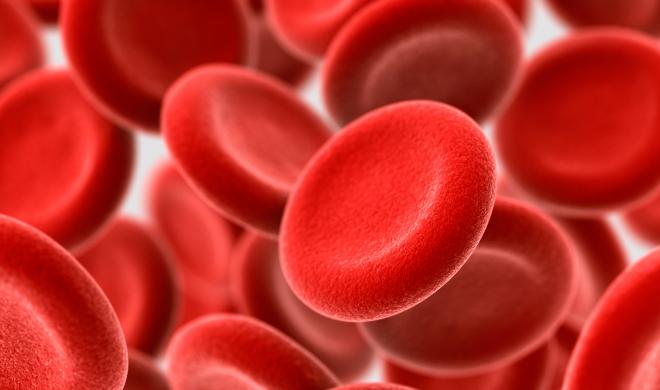A new study analysing the death rates of some 900 patients admitted to Japanese emergency care with severe physical trauma found that blood types could be an important risk factor separating the fates of those who pull through from those who don't.
"Loss of blood is the leading cause of death in patients with severe trauma but studies on the association between different blood types and the risk of trauma death have been scarce," explains trauma specialist Wataru Takayama Wataru Takayama from Tokyo Medical and Dental University Hospital.
"We wanted to test the hypothesis that trauma survival is affected by differences in blood types."
To do so, Takayama's team collected the records of 901 patients with severe trauma who attended one of two emergency care medical centres in Japan between 2013 and 2016.
For the purposes of the study, severe trauma – aka an 'Injury Severity Score' (ISS) of more than 15 – means injuries that have the potential to cause long-term disability or death.
What the team found is that patients with blood type O, which made up almost one-third (32 percent) of the patients included in the study, had a drastically greater chance of succumbing to the serious injuries they'd sustained.
The death rate among patients with type O blood was 28 percent, which was almost three times higher than the mortality of the other patients in the study with non-O blood types (just 11 percent).
That's a pretty severe contrast, but why is it happening?
Since this was an observational study, it's impossible to know for sure, but the researchers think it could be due to lower levels of a blood clotting agent that's known to be reduced in people with blood type O.
"Several studies have reported that patients with blood type O had 25–30 percent lower plasma Von Willebrand factor (vWF) levels than those with non-O blood, increasing their risk of haemorrhage," the authors explain in their paper.
"vWF plays a decisive role in primary haemostasis [the stopping of bleeding] by mediating the adhesion of blood platelets to the subendothelium of the damaged vessel walls and promoting the aggregation of activated platelets."
If that hypothesis is correct – and the researchers acknowledge there's still a lot we don't know about how different blood types contribute to haemostasis – it looks like that differentiator might outweigh the benefits of type O blood: the most common blood type, and the most suitable for emergency transfusions.
Until we know more, the team says it's vital other researchers look into this association between O and mortality – which they say has never been reported before in severe trauma cases, although blood types have been linked to other dangers, such as risk of heart attack or stroke, and even the perils of air pollution.
"Although we cannot alter the risk of blood type O itself, an adequate recognition of the risk enables us to control for the intensity of trauma critical care," they write.
"Further basic or translational research is necessary to investigate the cause of this result and may lead to the development of a therapeutic intervention."
The findings are reported in Critical Care.
More about: #Blood-Type
















































